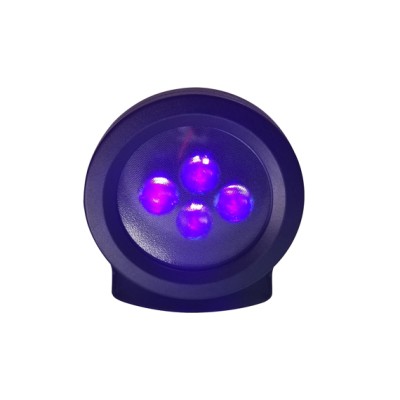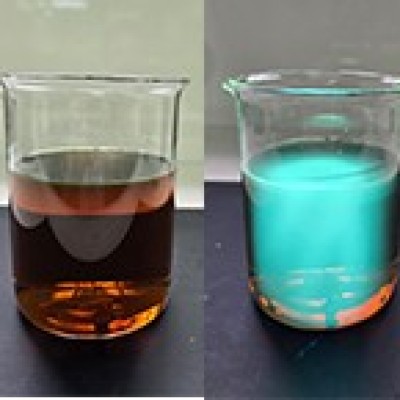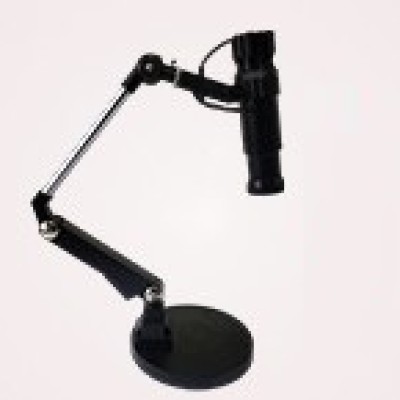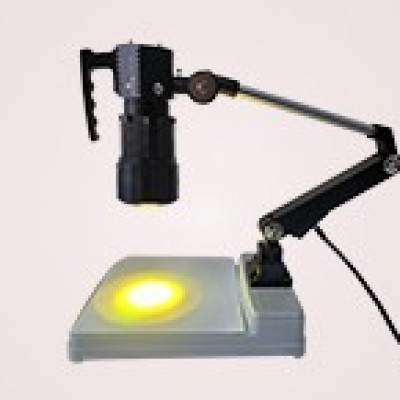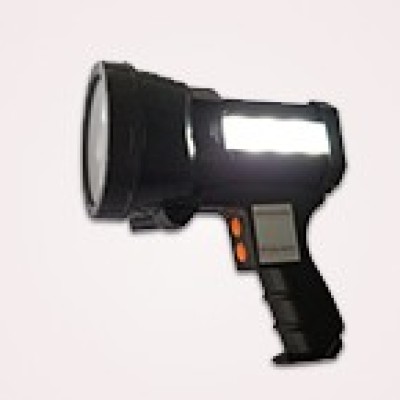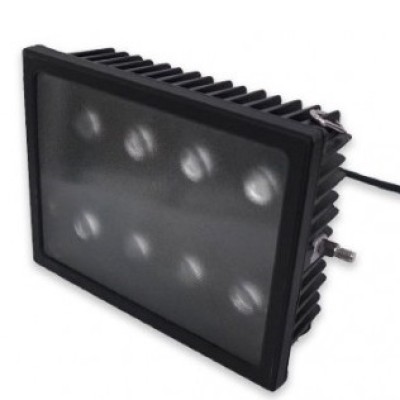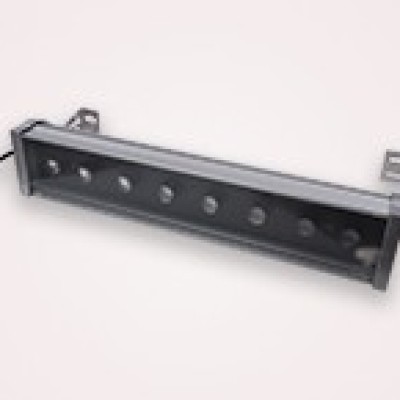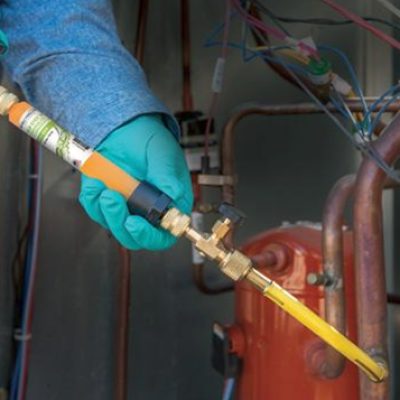Top 4 factors to consider when looking for a new UV-A light for NDT service
SUNLONGE of Admin
Now LEDs is becoming more and more popular in the current NDT market due to the safety and more environment-friendly. Meanwhile flexibility is also the main advantage to LED industry brings to NDT, that also means more details are required to specify the right performance for nondestructive testing. For a lamp to be selective in the penetrant or magnetic particle inspection, many issues must be considered.
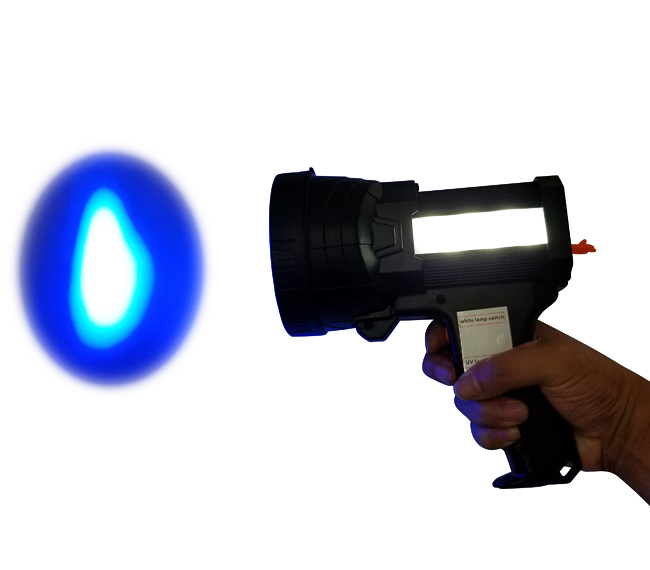
1. Peak wavelength & Emission Spectrum
Peak wavelength is the key important factor when selecting an LED lamp for fluorescent inspection. We understand that the fluorescent materials are tuned to better fluorescent under UV-A at 365nm.For the LED lamps, the peak wavelength varies and depends on the single LED used when the lamp is manufactured. To ensure that the UV-A lamp can produce fluorescence in the NDT, the LEDs must have a peak wavelength within the range of 360-370nm.
Visible light emission is also important to considered during the penetrant and magnetic particle inspection. We all know these inspections are performed in a dark environment to increase contrast and visible light emission will degrade the inspection. For the aviation industry, this visible light contamination is not acceptable. For this reason, any lamp used for aerospace industry, such as SUNLONGE SL8904-AR, according to the ASTME 3022 and RRES-90061, must include a UV-A filter to block visible emission.
2. Beam Profile
The beam area of UV-A lamp is the measure of the surface above the irradiance required for inspection. Usually the required UV-A irradiance for inspection is the minimum 1 000 uw/cm2.
UV-A lamps with a small beam area are useful for inspection tight areas like holes, weld joints, and internal surface.
To achieve a wide beam area, you should array the LEDs. A UV-A lamp with a large beam area will provide irradiation to the area peripheral to the inspection. This can help the inspector to locate and identify fluorescent indications quickly in the peripheral area for closer inspection.
3. Power
When in low voltage, an LED lamp can run for several hours with battery. This portable function makes the inspection become quick and simple.
However, there is a concern with battery-powered lamps because LED intensity is directly related to supply voltage and current. As a battery is used, the voltage and current drops, giving a characteristic discharge curve. With an LED UV-A lamp, this can result in decreasing intensity over time, eventually dropping below the minimum 1,000 µW/cm2 requirements.
Advanced lamps incorporate constant-current circuits that monitor the battery discharge. These lamps will automatically turn off if they are not able to maintain 1,000 µW/cm2 minimum intensity. Knowing the type of battery and the discharge curve is important to ensure quality inspections with battery-powered LED UV lamps.
4. Standard Requirements
Different industries have different inspection requirements and standards.
For the aviation NDT filed, including penetrant and magnetic particle inspections, have high level requirement on all aspects of the process. For the sake of high requirement, the ASTME 3022 and RRES 90061 were established. An LED UV-A lamp that is certified by the manufacturer to ASTM E3022, like the SL-8904-AR UV lamp, is acceptable for use by all aerospace primes and OEMs.
For non-aerospace industries like welding, energy, pipeline or field inspection, there are fewer certification requirements.
Anyway, by carefully considering their testing needs before investing in a LED UV lamp, NDT professionals can be confident they are getting the right tool to help make their fluorescent penetrant testing and magnetic particle inspections faster and more efficient.
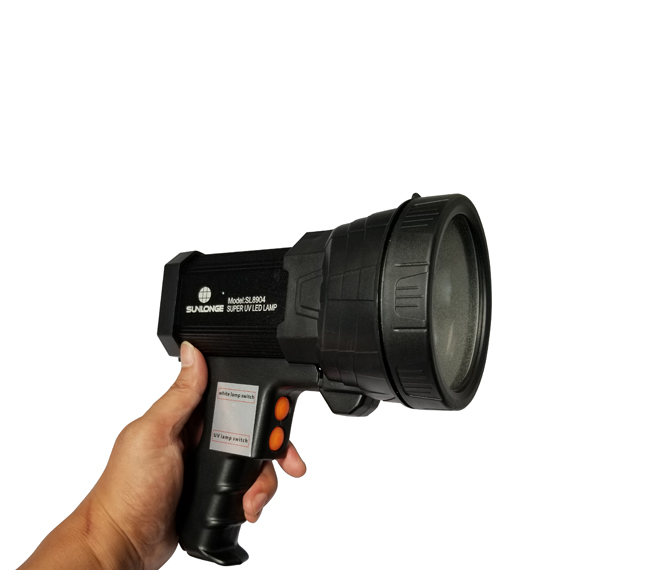
 CN
CN

